
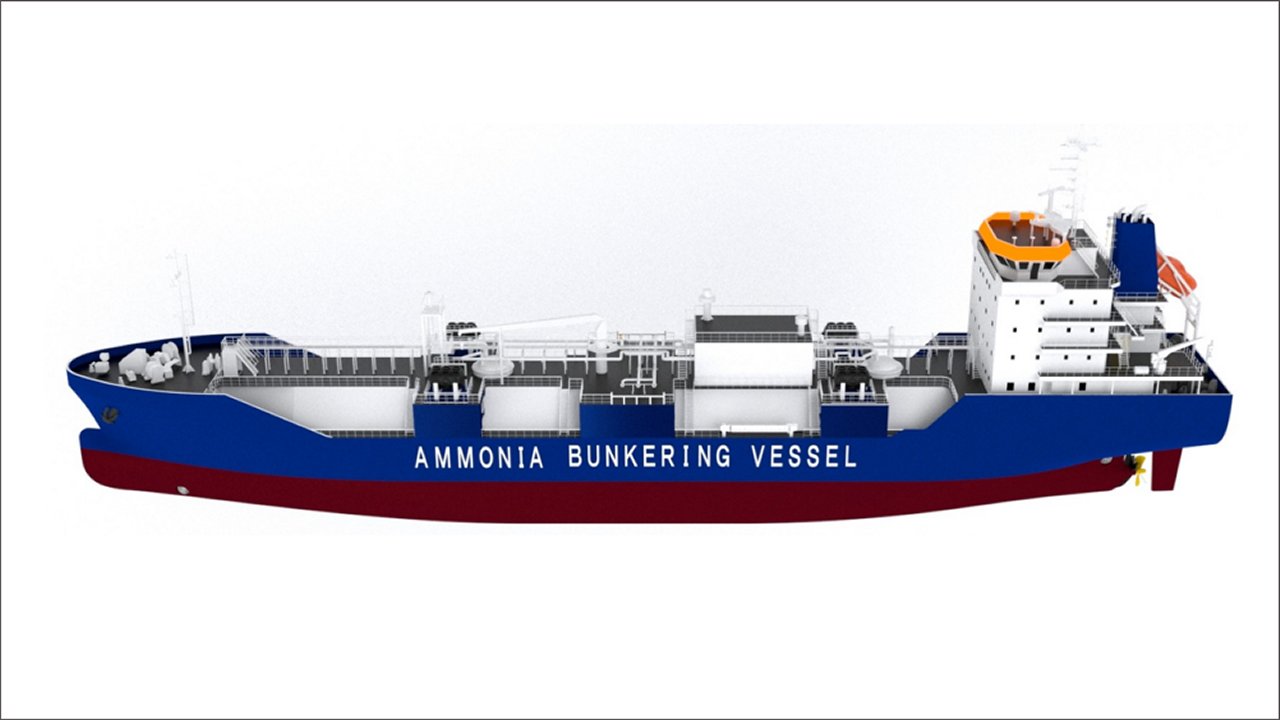 |
Itochu Corporation has signed a shipbuilding contract for a 5,000 cbm ammonia bunkering vessel with Sasaki Shipbuilding, marking what the company claims will be the world's first newbuilding vessel of its type.
The Japanese firm signed the agreement through its wholly owned Singapore subsidiary Clean Ammonia Bunkering Shipping (CABS), which also concluded a separate contract with Izumi Steel Works for the construction of an ammonia tank plant to be installed on the vessel.
The vessel, to be flagged under the Singapore Registry, is expected to be delivered in September 2027 and will be used for a demonstration project in Singapore waters. The Hiroshima Bank has provided financing for part of the vessel's purchase price.
The project forms part of Japan's Ministry of Economy, Trade and Industry's Global South Future-oriented Co-Creation Project, specifically the Demonstration Project for Bunkering Ammonia as Marine Fuel in Singapore.
Itochu said the initiative addresses growing industry focus on ammonia as a zero-emission marine fuel, driven by the International Maritime Organization's target of achieving net-zero greenhouse gas emissions from international shipping by around 2050.
In April, the IMO approved draft revisions to international conventions that include systems aimed at converting marine fuel to alternative fuels with low emissions and providing economic incentives for zero-emission or nearly zero-emission fuel-powered vessels.
The company plans to use the vessel to establish connections between clean ammonia producers and ammonia-fuelled vessel operators, aiming to commercialize ammonia bunkering operations in Singapore before expanding to other maritime hubs including the Strait of Gibraltar, Suez Canal, and Japan.
Sasaki Shipbuilding, based in Hiroshima, specializes in chemical tankers and liquefied gas carriers. Izumi Steel Works, headquartered in Kagawa, holds more than 40% of Japan's market share in small- and medium-sized pressure-type LPG tank plants for vessels, according to Itochu.
Zeta Bunkering Pte. Ltd, meanwhile, is the wholly owned company of Itochu, located in Singapore, that is slated to carry out marine fuel deliveries to ammonia-powered vessels — with the CABS-owned ammonia bunkering vessel on time charter.
The project timeline shows the construction agreements were signed in June 2025, with vessel delivery scheduled for September 2027 and the Singapore demonstration beginning after October 2027.
Itochu noted that the project will contribute to strengthening Japan's shipbuilding industry competitiveness in ammonia bunkering vessel construction and ammonia tank plant production, areas where demand is said to be growing rapidly.
The company described the vessel as playing a "last one-mile role" in the fuel supply chain through ship-to-ship transfer operations, though it acknowledged that ammonia bunkering vessels are drawing attention globally as facilities in the fuel supply chain.
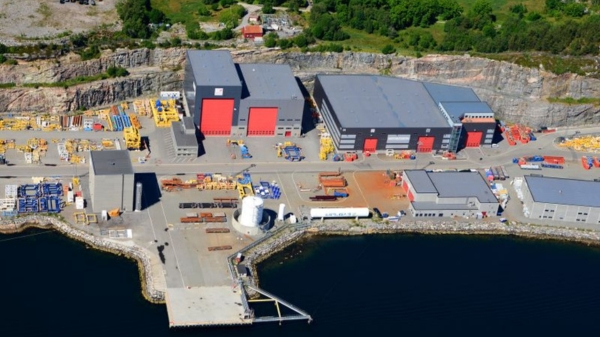
|
Molgas and NorSea Logistics reopen LNG facility in Kristiansund
The reopened facility will supply LNG and bio-LNG to dual-fuel vessels operating in Norwegian waters. |
|
|
|
||
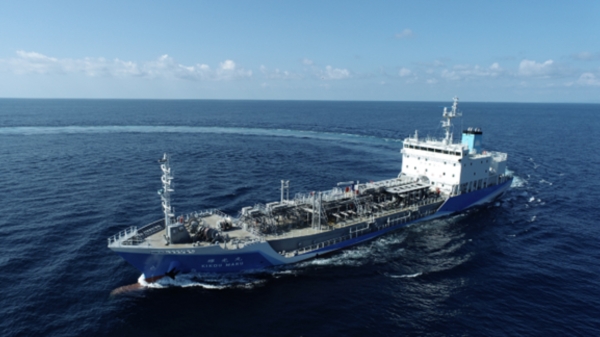
|
Hydrogen-fuelled tanker achieves top rating in zero-emission programme
Kikou Maru becomes first coastal vessel to secure financing under DBJ-ClassNK decarbonisation initiative. |
|
|
|
||
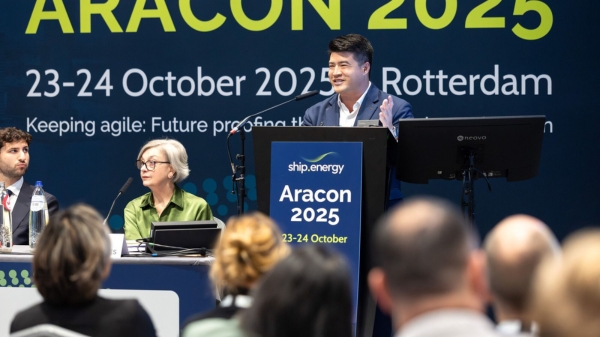
|
TFG Marine calls for ISO 22192 alignment in ARA MFM rollout
Company urges consistency as Rotterdam and Antwerp prepare mass flow meter implementation. |
|
|
|
||
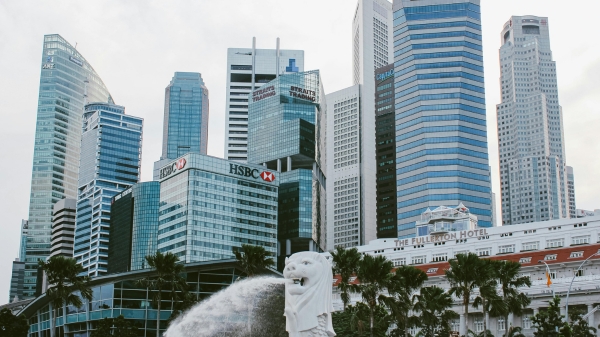
|
Peninsula renews $400m Singapore credit facility as part of $1.5bn funding capacity
Bunker supplier extends banking arrangement with eight-bank syndicate, including accordion option. |
|
|
|
||
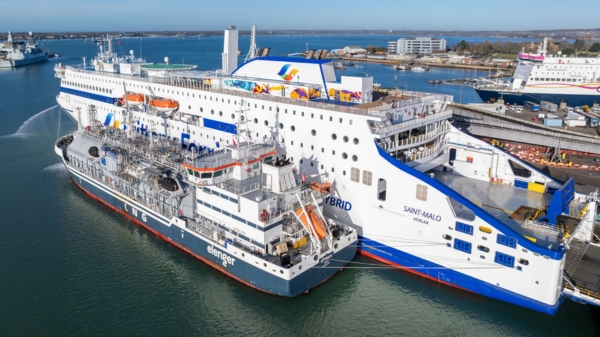
|
Titan delivers first liquefied biomethane to Saint-Malo ferry in Portsmouth
Optimus tanker supplies Brittany Ferries' vessel with biomethane at UK port. |
|
|
|
||
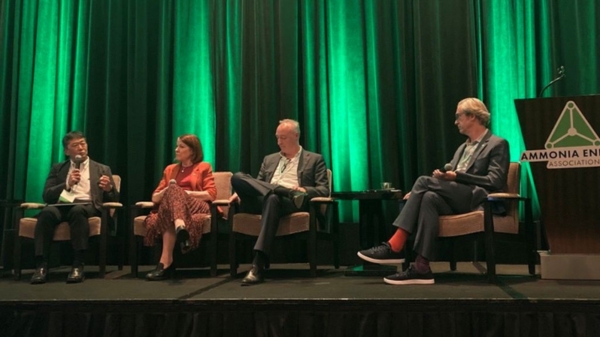
|
MOL outlines ammonia fuel strategy at Houston conference
Japanese shipping company discusses terminal acquisition and dual-fuel vessel plans at industry gathering. |
|
|
|
||
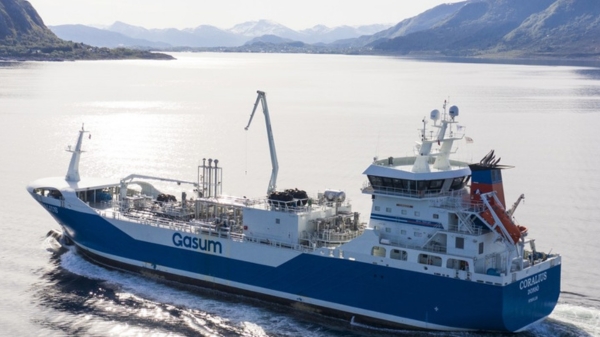
|
Gasum highlights how bio-LNG fleet generates compliance surplus
Energy firm's four gas-powered vessels generate regulatory surplus for pooling service participants. |
|
|
|
||
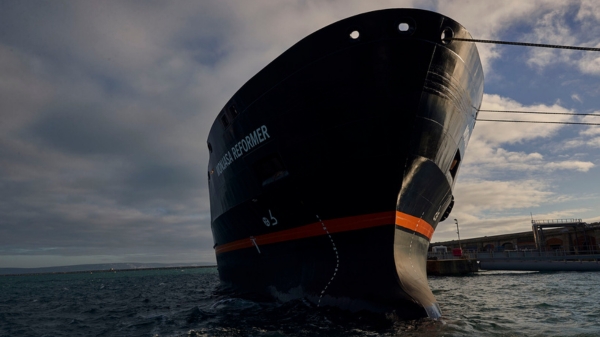
|
Monjasa secures NATO fuel supply contract across five operational areas
Danish marine fuel supplier wins one-year framework deal with two-year extension option. |
|
|
|
||
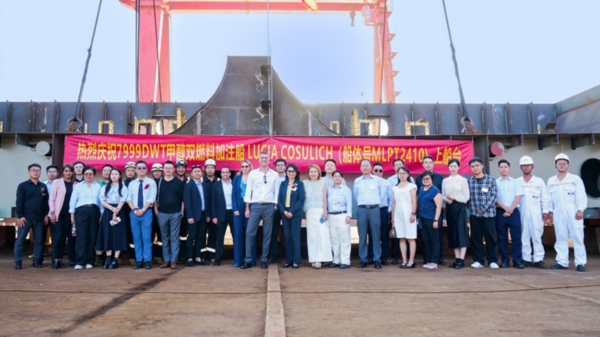
|
Fratelli Cosulich lays keel for second methanol-ready bunker vessel
Ceremony held to mark the beginning of the tanker's assembly phase. |
|
|
|
||
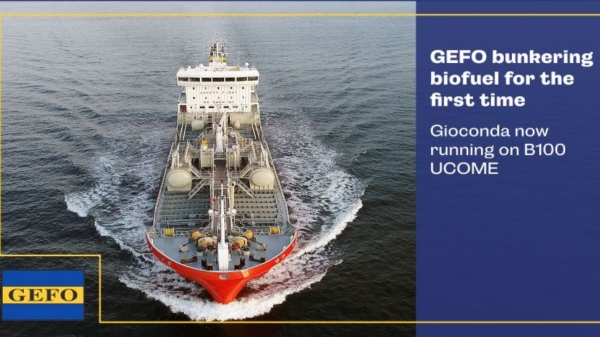
|
GEFO bunkers biofuel for first time as Gioconda runs on B100 UCOME
German shipping company takes maiden step into biofuel bunkering with used cooking oil biodiesel. |
|
|
|
||
| MAN Energy Solutions achieves 100% load milestone for ammonia engine [News & Insights] |
| Air Liquide and Vopak to collaborate on ammonia project in Singapore [News & Insights] |
| Wärtsilä launches Ammonia Fuel Supply System [News & Insights] |